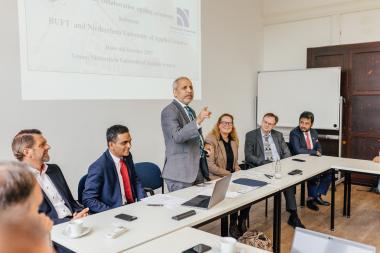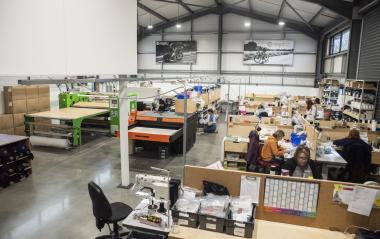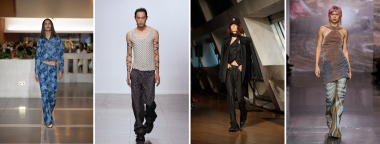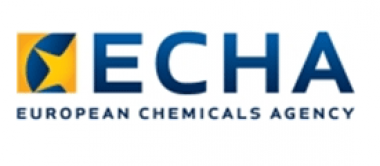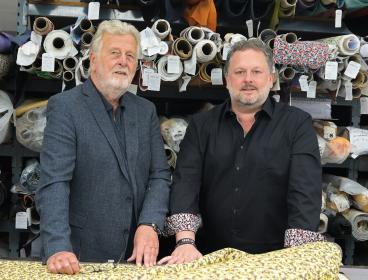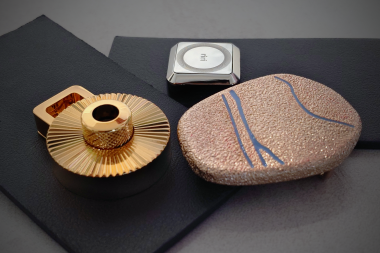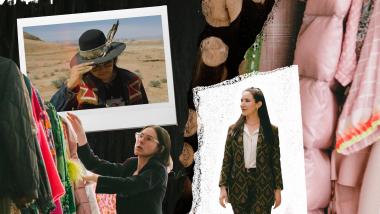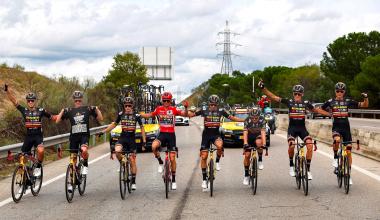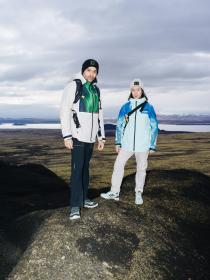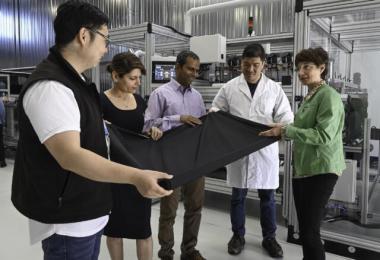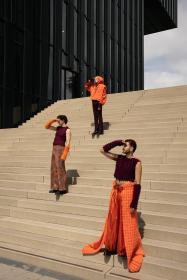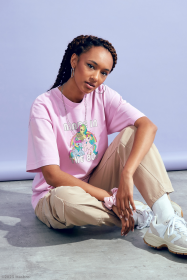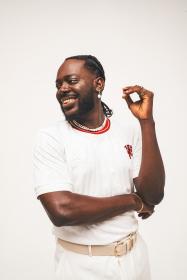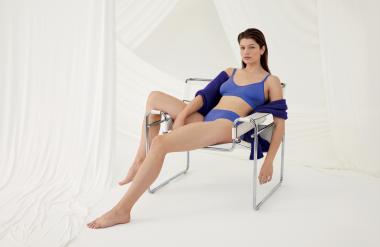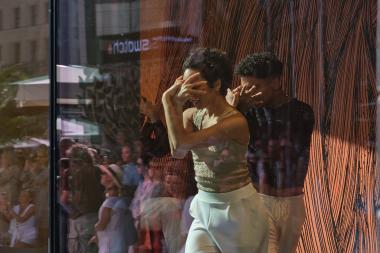MoU zwischen Hochschule Niederrhein und BUFT-Universität in Bangladesch
Der Fachbereich Textil- und Bekleidungstechnik der Hochschule Niederrhein arbeitet seit vielen Jahren mit Kooperationspartnern aus dem asiatischen Raum eng zusammen. Mit Vertretern der BGMEA University of Fashion & Technology (BUFT) in Dhaka/Bangladesch wurde am 4. Oktober ein Memorandum of Understanding (MoU) unterzeichnet. Der Honorarkonsul der Volksrepublik Bangladesch, Hasnat Mia, nahm ebenfalls an der Feierstunde in Mönchengladbach teil.
Die Universität in der Hauptstadt Bangladeschs wurde 2012 offiziell gegründet und geht auf eine Initiative der landesweiten Handelsorganisation der Bekleidungshersteller („Garments Manufacturers and Exporters Association“ – BGMEA) zurück. Ziel der Universität ist die praxisnahe Ausbildung von jungen Menschen für die Textilindustrie, die zu den wichtigsten Wirtschaftszweigen des Landes gehört.
Das Memorandum of Understanding hält eine Vertiefung der Zusammenarbeit zwischen der Hochschule Niederrhein und der BUFT fest. Kooperationen im Bereich von Forschung in Lehre sind ebenso vorgesehen wie der Austausch von Studierenden und von Lehrpersonal.
Für die BUFT unterzeichnete die Vereinbarung Shafiul Islam, Direktor des Universitätskuratoriums sowie Parlamentsmitglied Bangladeschs. Professorin Dr. Marion Halfmann, Internationalisierungsbeauftragte des Präsidiums, unterschrieb die Vereinbarung seitens der Hochschule Niederrhein.
„Wir unterhalten seit 2008 Beziehungen zu Ausbildungsstätten und Industrie in Bangladesch. In den letzten Jahren fanden immer wieder vierwöchige Praktika unserer Studierenden in Betrieben in Bangladesch statt, die von der BUFT organisiert wurden. Wir wollen damit u.a. erreichen, dass unsere Studierende persönliche Erfahrungen mit den Lebensbedingungen und mit der Bekleidungsindustrie dieses Landes machen können“, sagt Alexander Büsgen, Professor für Textiltechnologie am Fachbereich Textil- und Bekleidungstechnik.
Hochschule Niederrhein Hochschule Niederrhein, Fashion, Mönchengladbach BGMEA University of Fashion & Technology BUFT Bangladesch
Hochschule Niederrhein


